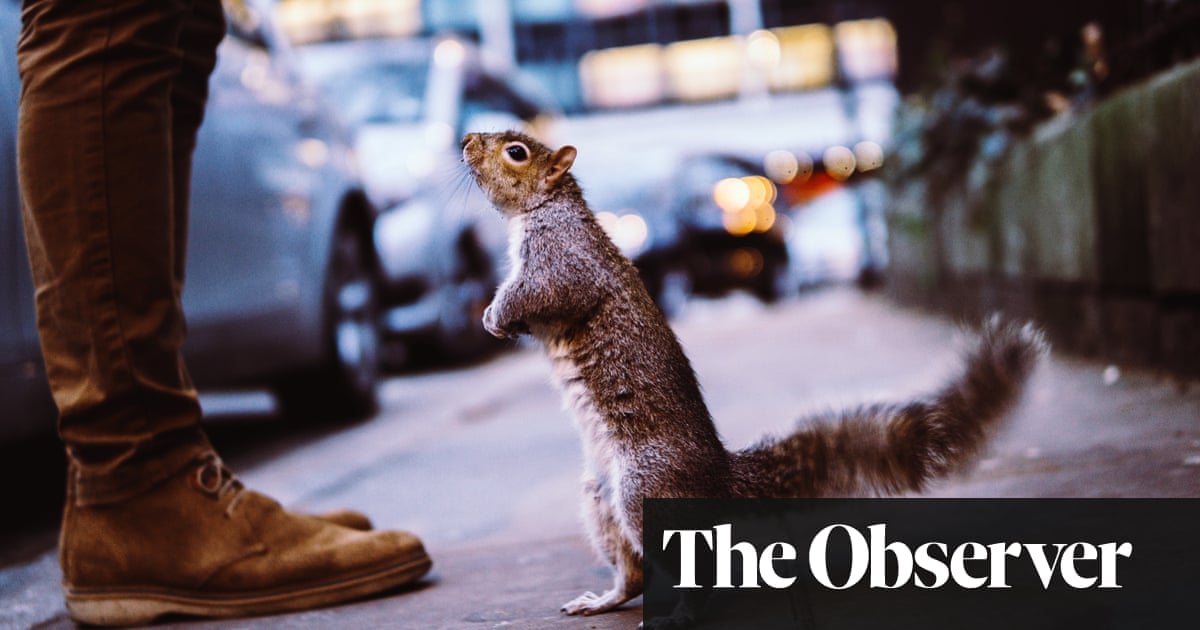
Air pollution in many towns and cities across the UK now exceeds pre-pandemic levels, exacerbating the risk of Covid-19 and putting the health of millions of people at risk.
A study published on Thursday says that although air quality improved dramatically in the first half of the year as the country went into lockdown, pollution now meets or exceeds pre-Covid levels in 80% of the 49 cities and large towns that were analysed.
There is growing evidence that exposure to toxic air increases the risks from Covid-19 and the authors of the study say their findings underscore the need for local councils to do more to reduce car use and improve air quality by prioritising walking and cycling.
Andrew Carter, the chief executive of the Centre for Cities thinktank, which carried out the study, said toxic air contributed to the deaths of thousands of Covid-19 victims this year and, even after the pandemic ended, would remain a big threat to public health – particularly for those living in urban areas.
“City leaders can reduce the threat of air pollution, but it will take political will,” said Carter. “Discouraging car usage will be unpopular in the short term but, if coupled with the necessary improvements to public transport, the long-term benefits to public health and the economy will be huge and our cities will become better places to live in. Now is not the time for politicians to delay on this.”
The study’s findings, based on an analysis of the latest data from Defra, reveal that while the spring lockdown reduced nitrogen dioxide levels by 38% on average across 49 cities and large towns, pre-pandemic levels had been reached or exceeded in four-fifths of the places studied during the second half of 2020.
The authors say the surge in toxic air has been driven by a rise in the use of private cars and has happened even though 98% of the country remains under significant Covid-19 restrictions. This raises concerns that as those measures are eased in the new year, air quality will worsen even further, with dire consequences for public health.
Since the pandemic hit, many local authorities have tried to encourage walking and cycling by building cycle lanes and creating low-traffic neighbourhoods to stop drivers “rat-running” through residential areas.
But these efforts have faced vocal opposition from the pro-car lobby and some disgruntled drivers. Some councils have already backed down, pulling up new cycle lanes, while others shelved long-term plans to install low-emission zones, arguing that pollution levels had already fallen due to the lockdown.
But Hubert Thieriot, from the Centre for Research on Energy and Clean Air, said the new study highlighted the need for local leaders across the country to step up their efforts to limit the use of private cars as the country emerged from lockdown restrictions.
He said the pandemic had caused “immense suffering both on sanitary and social fronts” but it had also reminded the public “that air pollution is not a given, and that bold actions on transportation could significantly improve people’s health and quality of life”.
“The role of transportation in UK cities’ air pollution has become apparent to everyone during the Covid-related lockdowns,” Thieriot said. “That shared awareness offers policymakers a historical chance to implement bold transportation policies.”
• This article was amended on 10 December 2020. An earlier version said the Centre for Cities study found that in 80% of UK cities and large towns analysed, air pollution exceeded pre-pandemic levels. In fact that figure relates to air pollution meeting or exceeding pre-pandemic levels.












